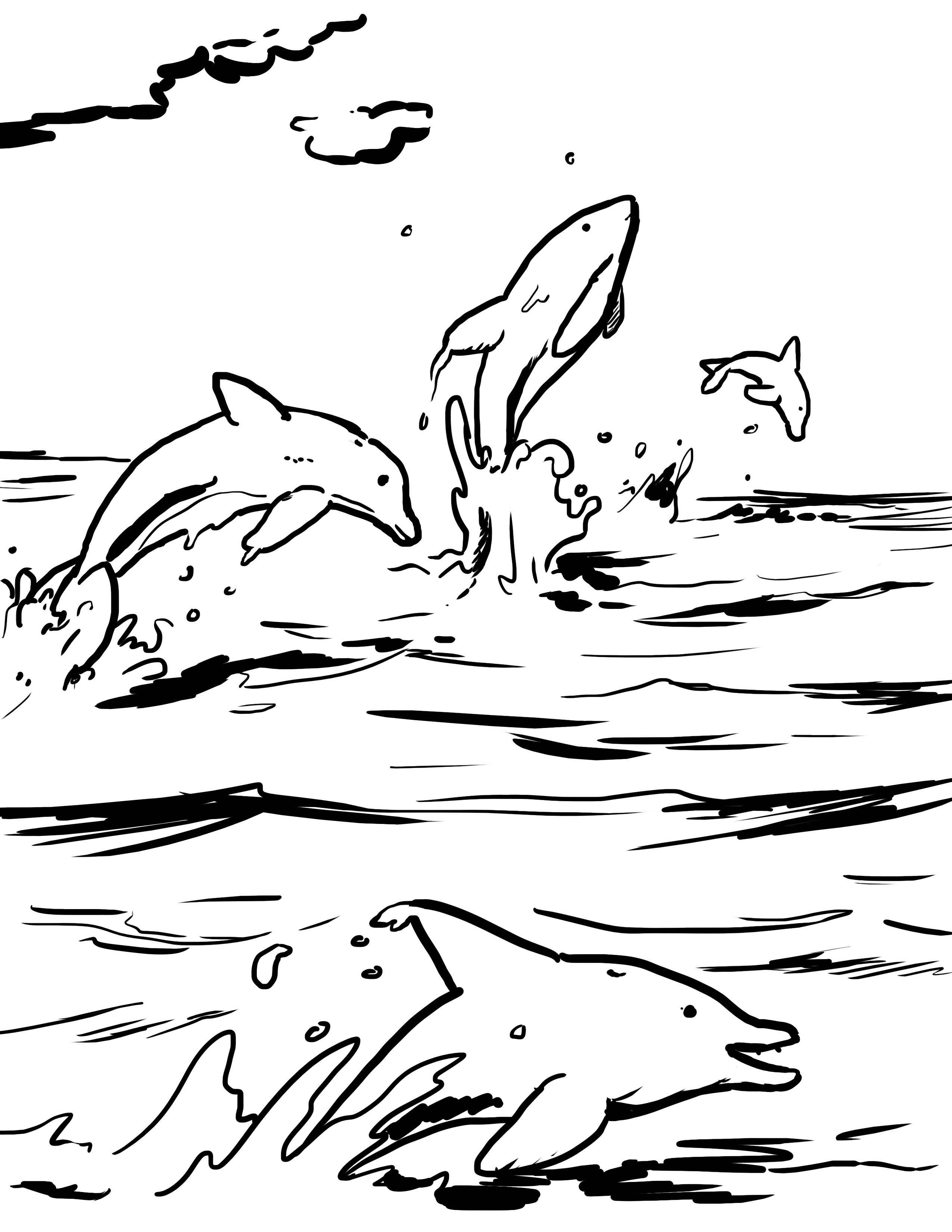By Dessa Bayrock (The Cascade) – Email
Print Edition: July 16, 2014

What is a porpoise?
The quick answer: porpoises are adorable. The longer answer: porpoises belong to the cetacean family, which includes whales and dolphins. If you’re trying to picture a porpoise in your mind, think of a broader, stouter dolphin without the “melon” lump dolphins and whales have on their heads.
Porpoises also take less kindly to living in captivity and aren’t as easily trained as their dolphin cousins — think of porpoises as the indifferent cats of the cetacean family. Are they cute? Yes. Will they do what you say? It depends on how much fish you’re willing to dish out.
Porpoises: the underdogs of the ocean
Porpoises are often beaten up or killed by dolphins or seals. As the smallest cetaceans, they’re often picked on by their larger family members. Scientists suspect that dolphins might see porpoises as competitors for food supplies — since both dolphins and porpoises feast on just about any fish they can get their jaws on, including herring, pollock, and squid.
Your local porpoise
The Vancouver Aquarium currently has two porpoises, named Jack and Daisy, and these are actually the only two harbour porpoises in captivity in North America. The pair were both rescued as young porpoises, and although they don’t have impressive leaps or dives like their aquarium neighbours, you can catch an informational show at their tank every afternoon.
Porpoise en français?
The name “porpoise” hails not from the French, but from the Old French: porcus for “pig” and piscis for “fish. That’s right — “porpoise” literally means “pig fish.”
Speaking of names, porpoises are also called “mereswine,” although nobody but their mothers calls them that.
The porpoise has nothing to do with potatoes … we think.
You’re forgiven for thinking tubercles have anything to do with tubers (or, for that matter, tuberculosis), but the fact of the matter is scientists are pretty much at a loss when it comes to figuring out just what, exactly, tubercles are for. Tubercles are one of the defining features of porpoise — they’re tiny bumps along the dorsal ridge along porpoises’ backs. One theory states that the tubercles are the equivalent of anti-slip mats, designed to help adult porpoises carry calves. Another (more likely) says that each tubercle might actually mark a bundle of nerve endings, serving as extra sensitive areas.
Porpoises are really fast
If you’ve ever been on a whale-watching trip, you know cetaceans are surprisingly quick in the water. Whales can hit speeds around 40 km/h in prime conditions (read as: shallow water and imminent danger). Dolphins really hit their stride by leaping out of the water to reduce drag and get an extra boost of acceleration, but even then they only have a max speed of around 25 km/h. Porpoises, on the other hand, can reach a top speed of 55 km/h without breaking a sweat. How? No one’s quite sure.
Fossil porpoise has an underbite
This spring, palaeontologists found fossils of an ancient porpoise — with a giant chin. Where modern porpoises have chins of only a few centimetres, this fossil porpoise — dubbed Semirostrum ceruttii, or the skimming porpoise — has a chin a whopping 85 cm long. Researchers also found sensory nerves in the bone — meaning the porpoise probably used its giant jaw as a sixth sense, possibly making up for poor eyesight by feeling the ocean floor.


